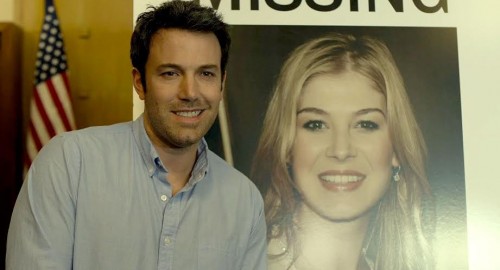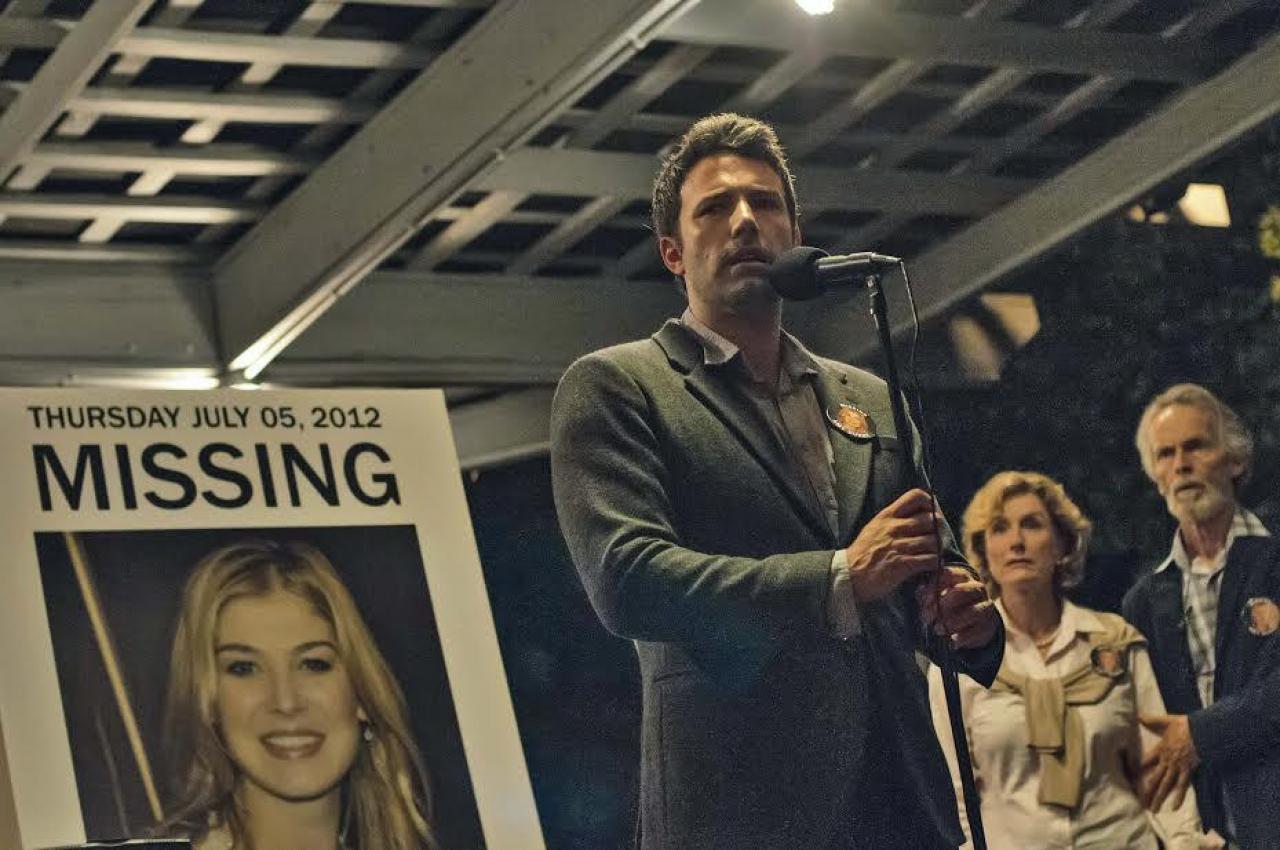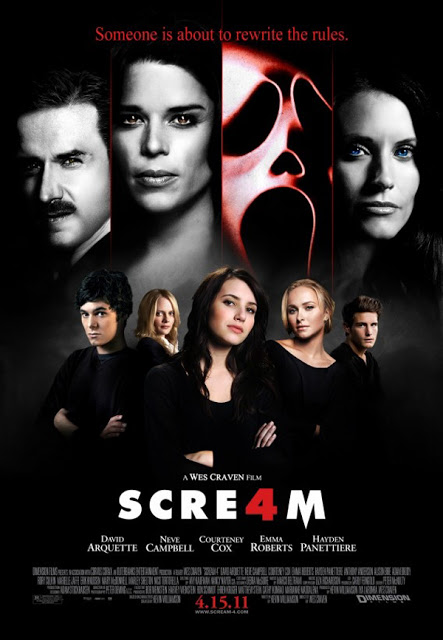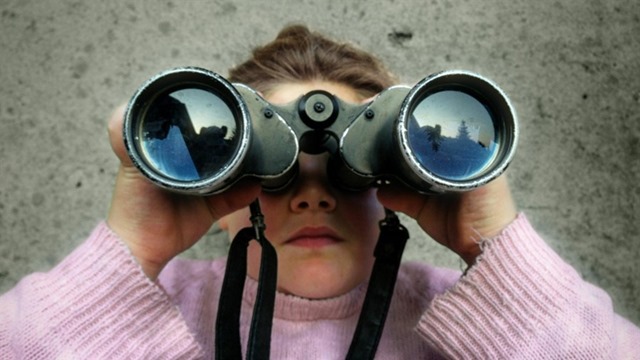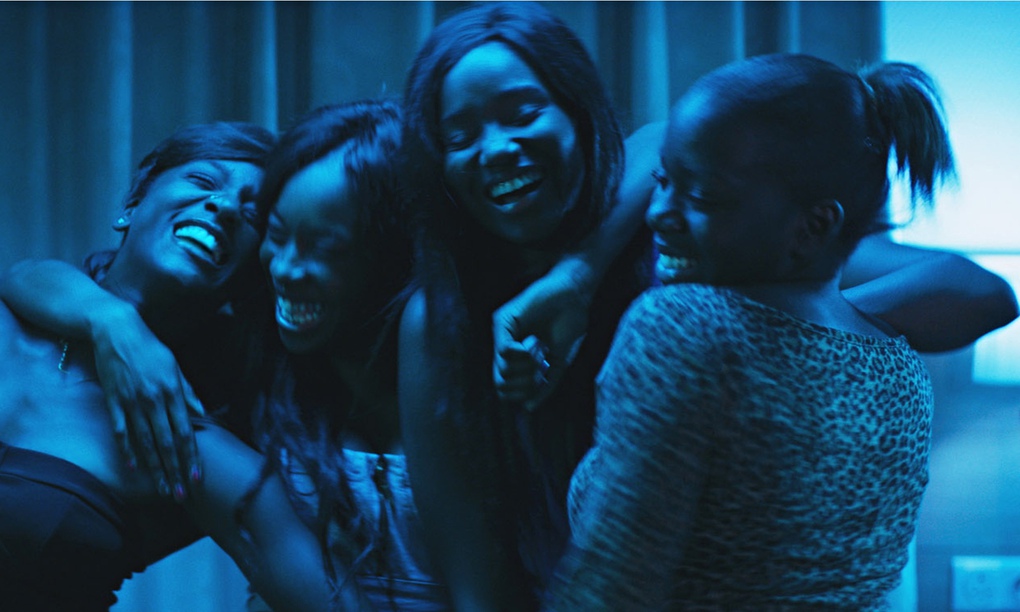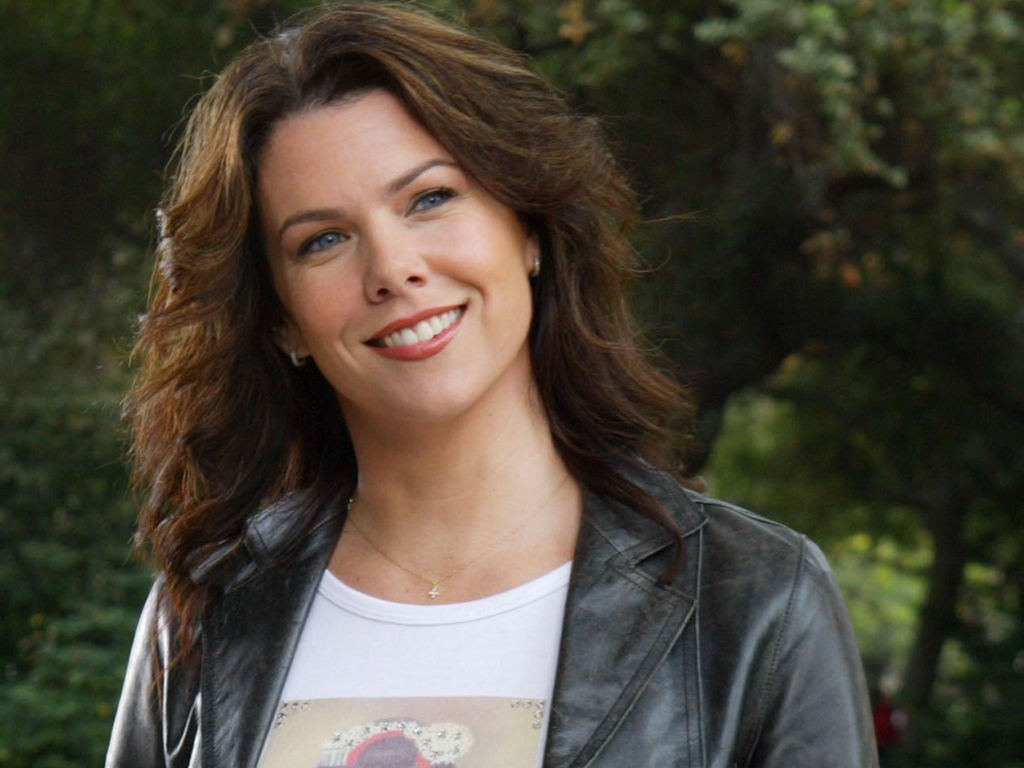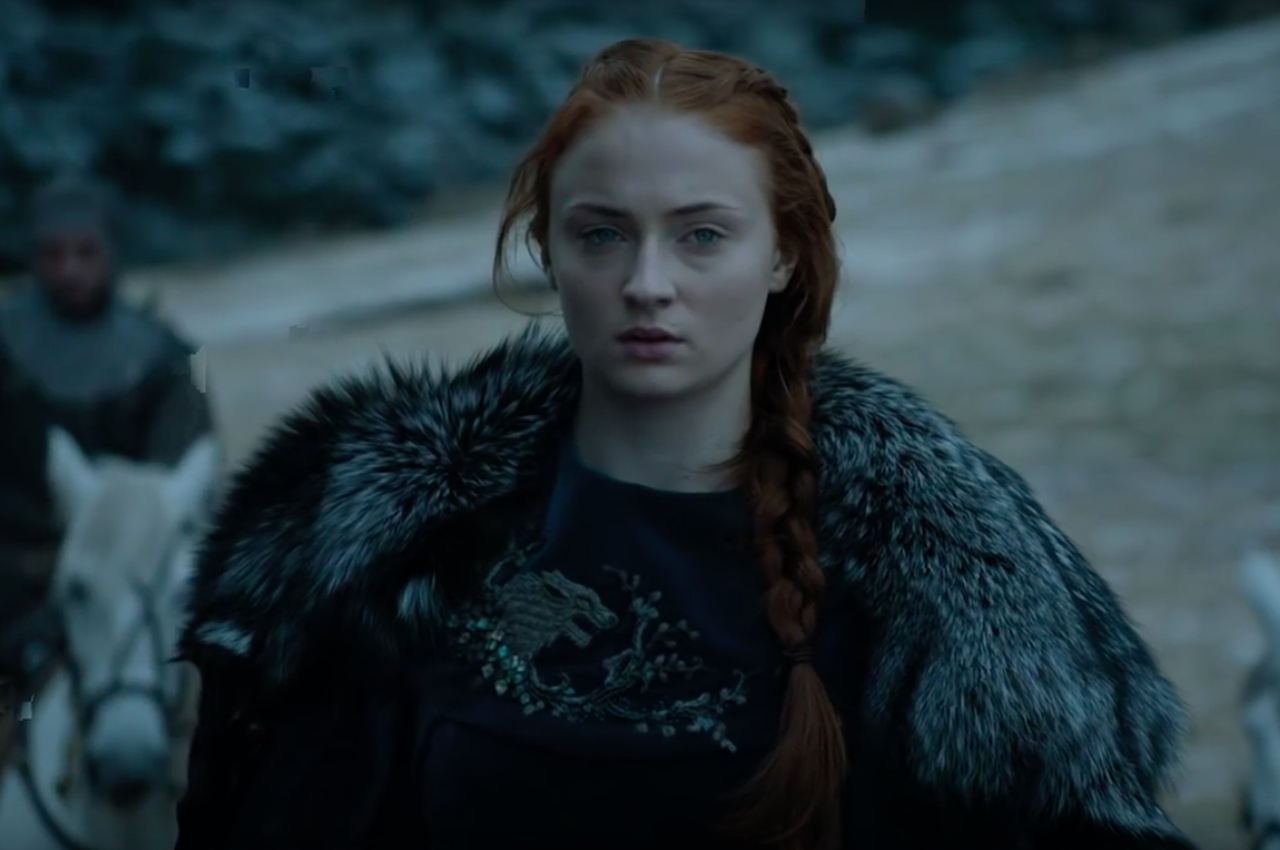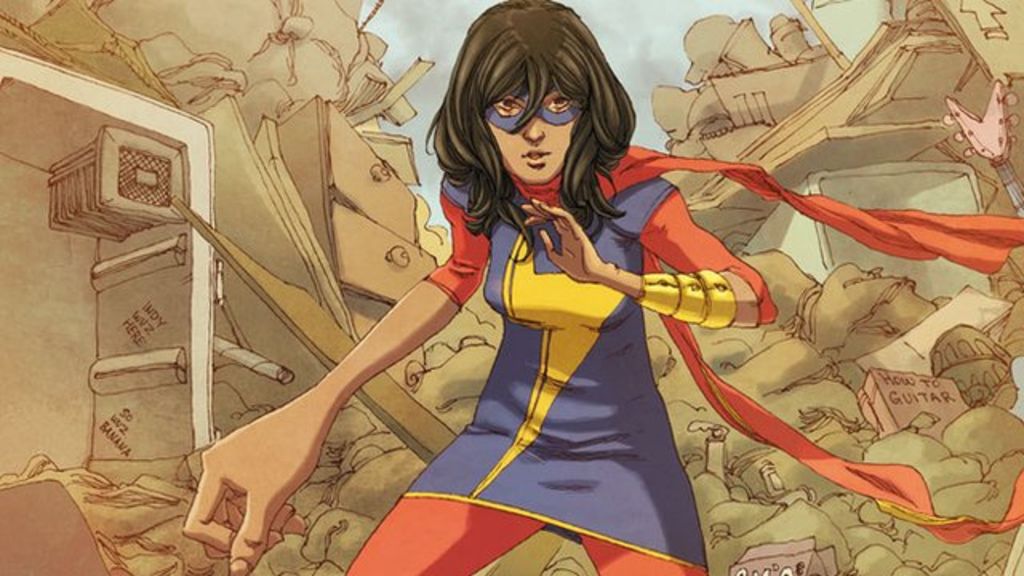‘Gone Girl’: How to Create the Perfect Female Villain
Kudos to the 20th Century Fox exec who decided to market ‘Gone Girl’ (2014) as a great date movie. This is not a date movie. This is a horror story about the sensationalized pitfalls of a doomed marriage.
